Table of Contents
- Foundation for supplying 2,962 units in Su-yu District 12, Gangbuk-gu, Seoul
- Process leading to the designation of Su-yu District 12 as a complex district
- Excellent location and development effects
- Strengthening property rights protection through the amendment of the Public Housing Special Act
- Clarifying the selection criteria for future project sites
- Conclusion: Can Su-yu District 12 become a successful model for urban complex projects?
- Frequently Asked Questions (FAQ)
Foundation for supplying 2,962 units in Su-yu District 12, Gangbuk-gu, Seoul
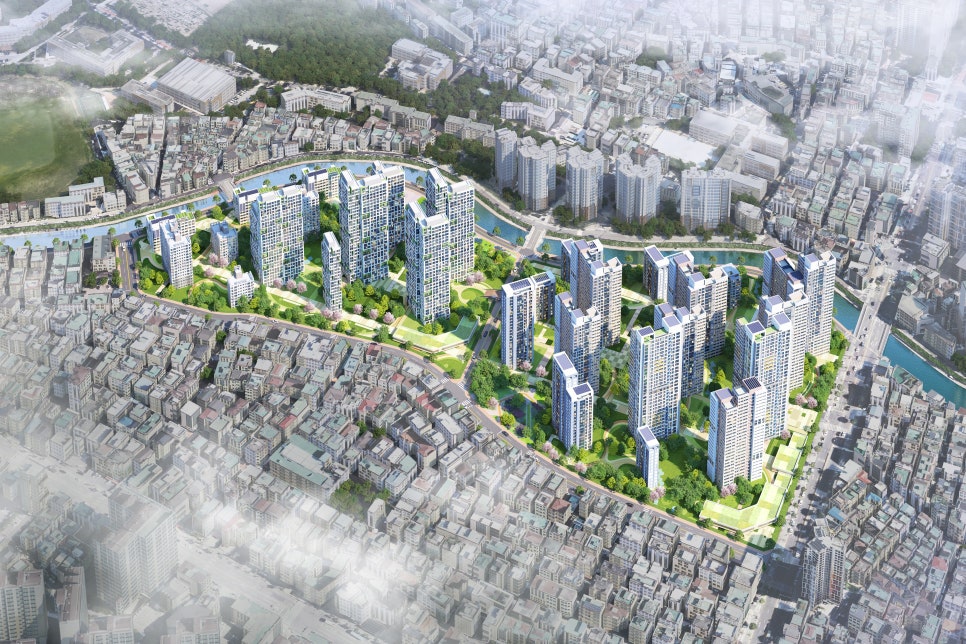
The Ministry of Land, Infrastructure, and Transport announced that on August 1, 2025, Su-yu District 12 in Gangbuk-gu, Seoul will be designated as a public housing complex in the city center. This project is planned to begin construction in earnest in 2029 after obtaining approval for the complex business plan in 2027.
Through this project, a total of 2,962 new housing units are expected to be supplied, expanding housing provision led by the public sector targeting aging low-rise residential areas where private redevelopment is challenging.
Therefore, it is expected that the designation of this complex district will increase housing supply in downtown Seoul and improve the overall residential environment.
Process leading to the designation of Su-yu District 12 as a complex district
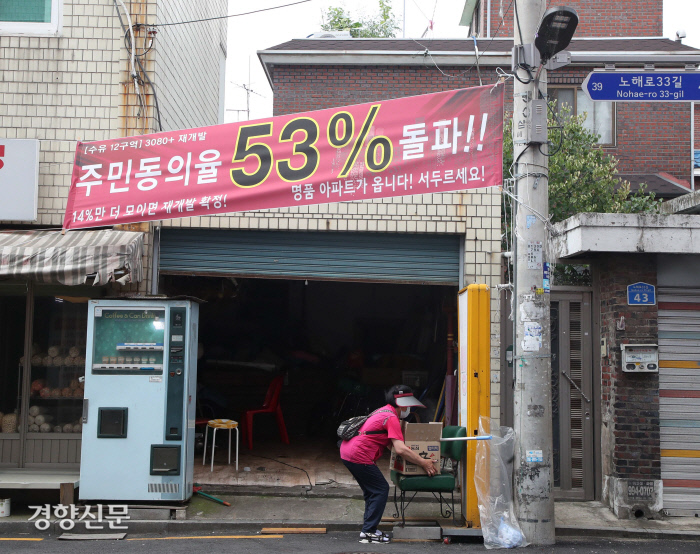
Su-yu District 12 was initially designated as an ‘urban complex business planned area’ on October 10, 2024. After receiving the approval of more than two-thirds of residents and more than half of the land area, it passed the reviews by the Central Urban Planning Committee and the Central Land Expropriation Committee.
Ultimately, this area was finally designated as an urban public housing complex.
| Complex District Name | Area | Type | Area | Number of Units |
| Su-yu District 12 | Gangbuk-gu, Seoul | Low-rise residential area | 110,124㎡ | 2,962 units |
Excellent location and development effects
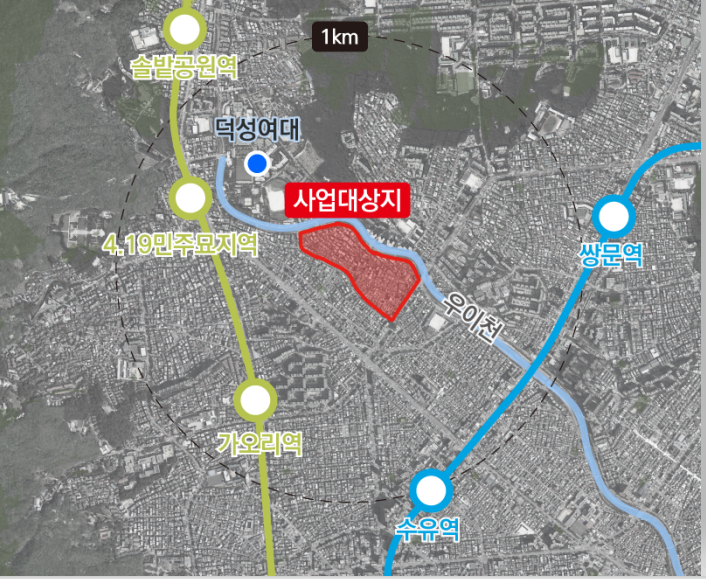
Su-yu District 12 is conveniently located near Subway Line 4 and the Uiwang Line, making public transportation usage easy.
This area is expected to be developed into a pleasant eco-friendly residential complex due to its natural environment connected to the Uiwang Stream.
The type of complex district is low-rise residential, with an area of about 110,124㎡ and plans to supply a total of 2,962 housing units. This is expected to greatly contribute to the stability of the housing market in northern Seoul.
Strengthening property rights protection through the amendment of the Public Housing Special Act
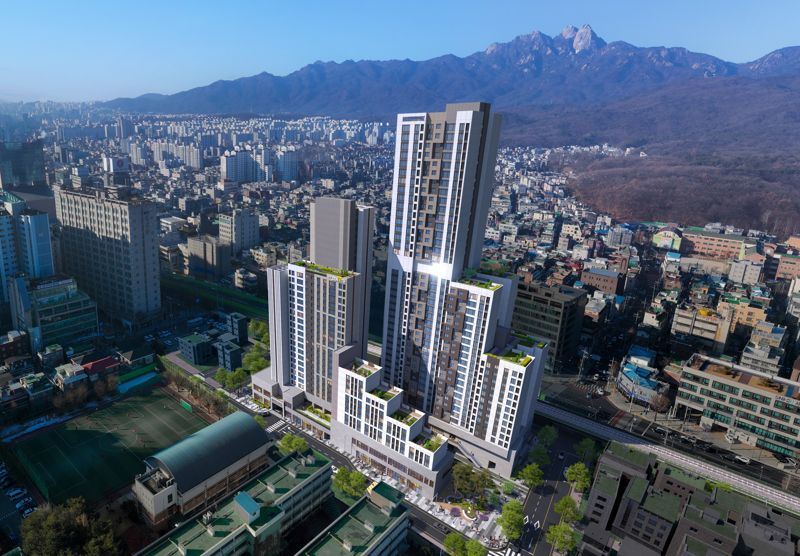
The amended Public Housing Special Act will come into effect on August 1, in line with the designation of this district. This provides the institutional basis to address property rights constraints raised in urban complex projects.
The main amendments are as follows: First, the priority supply date has been rationalized. Previously fixed on June 29, 2021, it has been adjusted to the date of site selection, allowing for in-kind compensation even if land is acquired before the announcement of the candidates.
Second, the candidate site stage has been made legal. Previously announced in the form of press releases, candidates will now go through formal legal procedures, thus key information will be publicly announced upon selection and withdrawal of candidate sites. This is expected to enhance the protection of residents' rights to know and improve the credibility of the project.
Finally, in-kind compensation has been expanded. Even after the priority supply date, if specific conditions (non-owners, once ownership transfer, etc.) are met within six months after the approval of the complex business plan, in-kind compensation becomes possible. This can be seen as a measure to ensure the stability of residence for both actual residents and non-owners.
These amendments are expected to have a positive impact on future housing policies.
Clarifying the selection criteria for future project sites
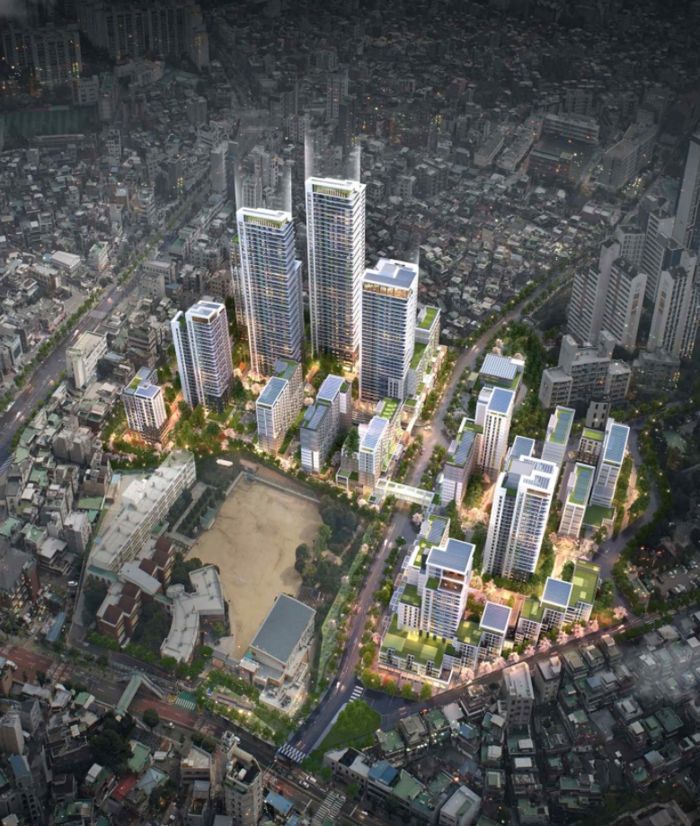
The Ministry of Land, Infrastructure, and Transport plans to announce candidate sites for formal conversion from among areas not previously designated as planned areas in line with the enforcement date of the law.
However, areas such as the Gasan Digital Complex and around Jungnang Station, where the participation intention rate is less than 50%, will be excluded from candidate sites.
Accordingly, areas with insufficient resident agreement will see their projects withdrawn, and the plan is to efficiently promote projects focusing on areas with high participation rates.
Conclusion: Can Su-yu District 12 become a successful model for urban complex projects?
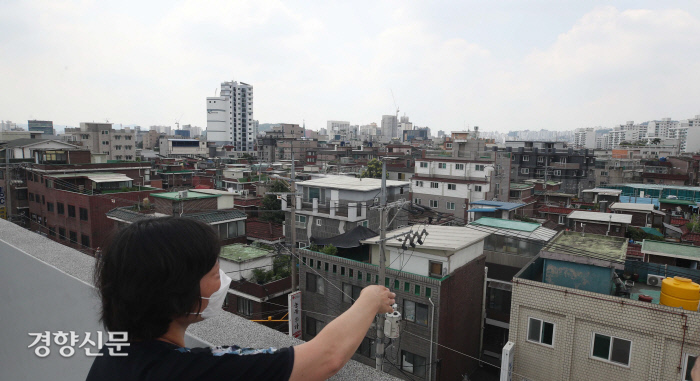
The urban public housing complex project seeks not only to supply housing but also to simultaneously pursue the redevelopment of aging residential areas and improvement of living conditions, making it an important urban regeneration project.
Especially, Su-yu District 12 meets four conditions: location, scale, participation rate, and institutional improvements, showing a high likelihood of success.
With the enhancement of property rights protection and incentivizing participation, similar projects are expected to actively progress in other aging residential areas in Seoul, positively impacting regional development and improvement of living conditions.
#Su-yu District 12, #urban public housing complex, #Gangbuk-gu redevelopment, #housing supply in Seoul city center, #urban complex project, #amendment of the Public Housing Special Act, #supply of 2,962 units, #development of Su-yu Station, #housing supply in North Seoul, #regeneration of urban residential areas, #urban renewal, #improvement of residential environment, #designation of complex district, #Uiwang Line, #public development in Seoul, #property rights protection, #expansion of in-kind compensation, #urban management projects, #public housing policy, #Ministry of Land, Infrastructure, and Transport policy, #Su-yu District 12, #urban housing complex project, #urban planning changes, #Seoul redevelopment issues, #Seoul real estate policy, #expansion of urban supply, #Seoul complex district, #amendment of the Special Act, #development of the Su-yu region, #public sale in Seoul
Frequently Asked Questions (FAQ)
Q. What are the main schedules for the designation of Su-yu District 12 as an urban public housing complex in Gangbuk-gu, Seoul?
Su-yu District 12 will be designated as an urban complex district on August 1, 2025, and groundbreaking will occur in 2029 after approval of the business plan in 2027.
The Ministry of Land, Infrastructure, and Transport has designated Su-yu District 12 as an urban public housing complex as of August 1, 2025. After receiving approval for the complex business plan in 2027, the project will begin construction in earnest starting in 2029. This process has been finalized after passing resident agreement and reviews by the Central Urban Planning Committee and others. Approximately 2,962 new housing units will be supplied, along with improvements to the living environment.
Q. How was the process of designating Su-yu District 12 as a complex district conducted?
Initially designated on October 2024, it was finalized after receiving community consent and passing reviews.
Su-yu District 12 was initially designated as an urban complex business planned area on October 10, 2024. After obtaining agreement from more than two-thirds of residents and approval from more than half of the land area, it passed through several stages including reviews from the Central Urban Planning Committee and the Central Land Expropriation Committee. Through these administrative procedures and community consultation processes, it was ultimately decided to be an urban public housing complex.
Q. What are the features of the location and development plans for Su-yu District 12?
Close to Subway Line 4 and Uiwang Line, with eco-friendly nature and supply of 2,962 housing units.
Su-yu District 12 is conveniently located near Subway Line 4 and the Uiwang Line, making public transportation easy. It will be developed into a pleasant eco-friendly residential complex, utilizing the natural environment connected to the Uiwang Stream. Approximately 110,124 square meters are planned for the supply of 2,962 housing units, which is expected to greatly contribute to the stability of the housing market in northern Seoul.
Q. What changes have the amended Public Housing Special Act brought to urban complex projects?
Strengthened institutional basis such as resolving property rights constraints, legalizing candidate sites, and expanding in-kind compensation.
The amendments to the Public Housing Special Act which took effect on August 1, 2025, addressed property rights constraints in urban complex projects. The priority supply date was adjusted to the candidate announcement date, allowing for expanded in-kind compensation, and the candidate site stage has become legally clear, ensuring residents' rights to know. Additionally, in-kind compensation will now be available within six months of business plan approval if certain conditions are met (such as being a non-owner), which strengthens housing stability for residents and non-owners alike.
Q. How will the criteria for selecting candidate sites for future public housing complexes change?
Focus on community consent, with areas of less than 50% participation excluded from candidate sites.
The Ministry of Land, Infrastructure, and Transport plans to announce candidate sites from areas that were not designated as planned areas in line with the enforcement date of the law. However, areas such as the Gasan Digital Complex and around Jungnang Station, where the participation intention rate is below 50%, will be excluded. This measure aims to promote projects in regions with high levels of resident agreement and participation, enhancing efficiency and credibility, and withdrawing from areas with insufficient participation.
Q. What are the prospects for success and urban regeneration effects of the Su-yu District 12 urban complex project?
With fulfilled conditions such as location, institutional improvements, and resident participation, high success potential and residential environment improvement are expected.
Su-yu District 12 meets four key criteria: excellent location, comprehensive resident participation, enhancement of property rights protection, and institutional improvements, indicating a high likelihood of success. The complex district project transcends mere housing supply, aiming for both the renovation of aging residential areas and the creation of a pleasant living environment as an urban regeneration initiative. If successful, it is expected to lead similar projects in other aging areas of Seoul, positively impacting regional development and residential environment improvements.